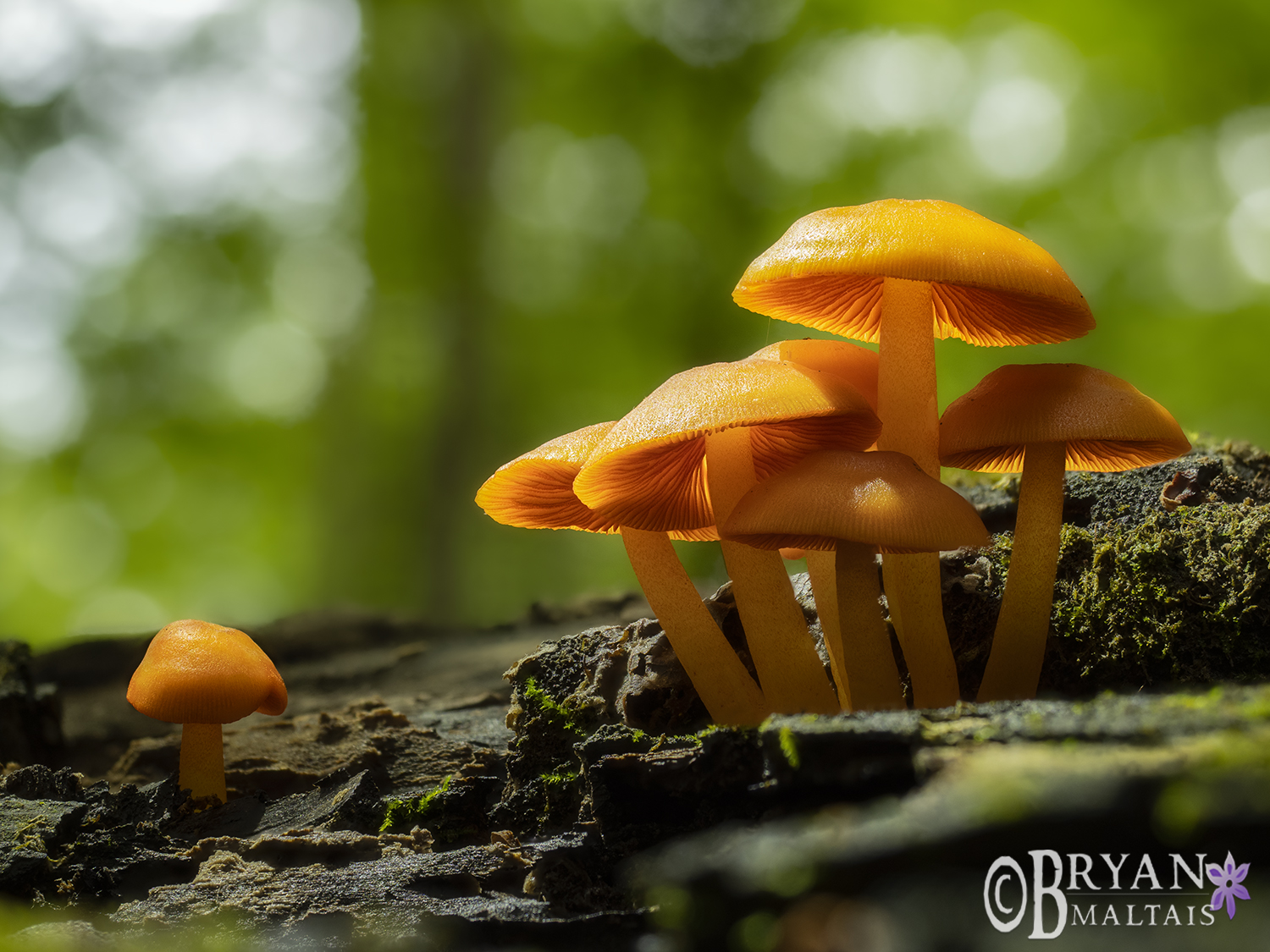
This small family of Orange Mycena Mushrooms was waiting for me to isolate their simplicity from the enchanting clutter of the forest. The actual scene is about 5″ across. Olympus E-M5 III with Olympus 12-40 f/2.8 lens. ISO 200, f/4, 1/30th sec. 20 focus stack.
What’s the Difference between the Grand Landscape and Intimate Landscape?
The “grand” landscape is usually what we envision when imagining landscape photography. It captures a wide-angle view of the scene, replete with multiple elements that tell a comprehensive story of the environment. On the simplicity spectrum, it’s complex. Most nature photographers, myself included, gravitate toward the grand landscape.
On the other end of this spectrum lies the “intimate” landscape. Its goal is to isolate smaller parts of the landscape that stand alone as natural works of art. There’s no rule defining how small the composition should be. It could encompass a section of river with a nice bend, a stand of Aspens, or a patch of Lichen just a few inches wide. It could focus on a vignette within a larger scene, or just an object, shape, or pattern. It may focus so closely on a texture that the object itself becomes unidentifiable. Common subjects include braids in rivers, ripples in sand, cracks in ice, rock formations, twisted tree branches, patterns in bark, and contours in mountains.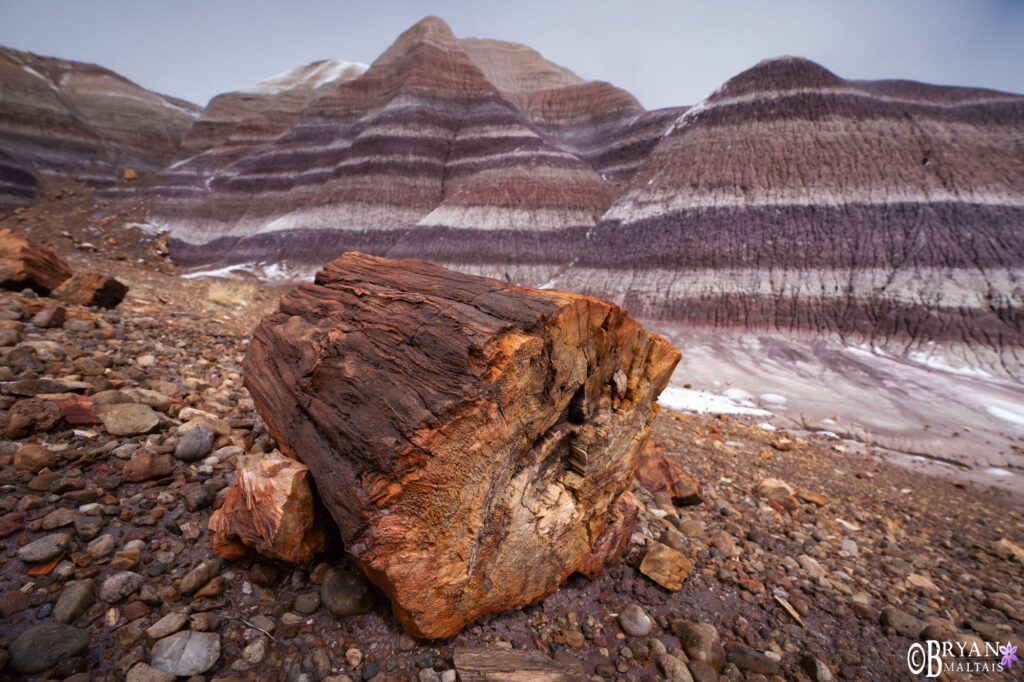
Petrified Log in the Painted Desert of PFNP. Sony A7R V with Sony 16-35mm f/2.8 lens @ 17mm. ISO 100, f/11, 1/125 sec
The Intimate Landscape is about Simple Compositions
While all photography benefits from simplicity, the intimate landscape exemplifies it. It seeks to showcase a well-defined subject within a clutter-free composition, which can be challenging. Beautiful mini-scenes are embedded throughout nature, but they’re often difficult to separate from the surrounding static. Likewise, interesting textures like bark and colorful pebbles may seem like good subjects, but a frame filled entirely with just a texture and no defined shape or pattern looks like a busy mess.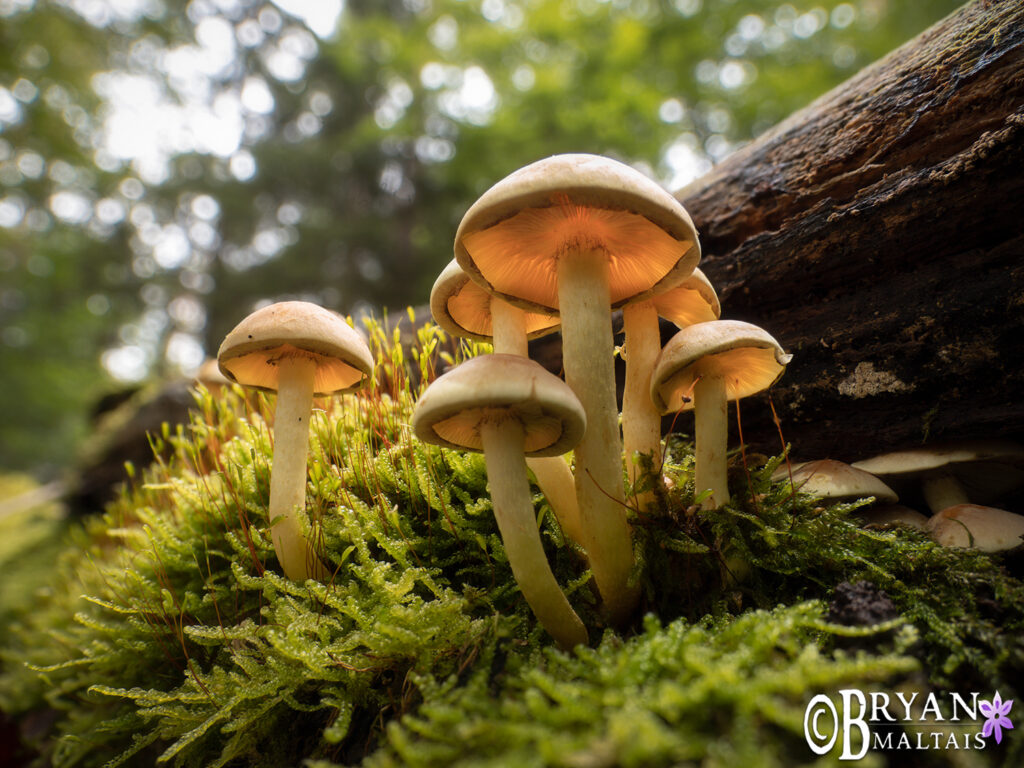
Olympus E-M5 III with Olympus 12-40 f/2.8 lens @ 18mm. ISO 200, f/4, 1/30th sec. 25 focus stack.
What kinds of Lenses are best for the Intimate Landscape?
The intimate landscape can consist of many subject types, which makes it difficult to prescribe specific settings and equipment. It can draw from macro, telephoto and landscape photography. One of my favorite lenses is my 100-400mm telephoto lens because it’s specifically designed to isolate small parts of big scenes. It also has nice bokeh and effective Image Stabilization for hand-held excursions. In contrast, I use my 16-35mm lens a lot to show close foreground subjects surrounded by interesting patterns or textures. Logically, the macro lens is great for miniature scenes and tiny subjects. Prime macro lenses also tend to have fast apertures and lovely bokeh. This makes them great for creating a smooth background with good subject separation.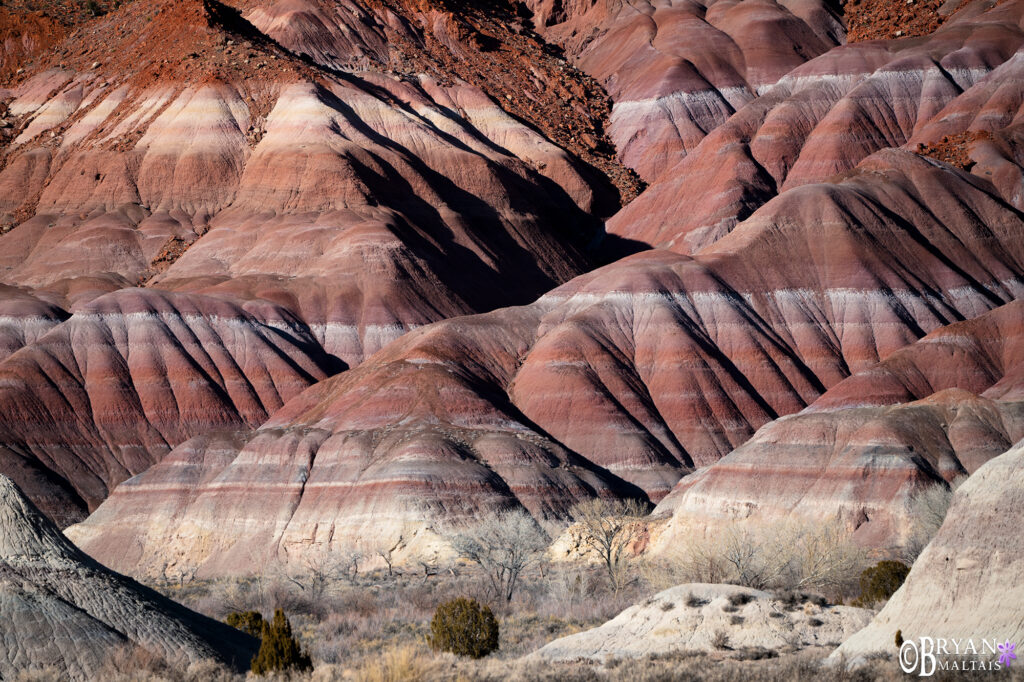
Sony A7R IV with Sony 100-400mm Lens @ 345mm. ISO200, f/8, 1/400th
How and when do you capture the Intimate Landscape?
How you capture intimate landscape photos depends on your personal style. A single motif can be worthy of devoting an entire evening to capturing. On the other hand, I usually prefer wandering aimlessly with just my camera, a lens and no tripod. This frees me up to concentrate on discovering beautiful subjects that are obscured within nature’s complexity. While grand landscapes tend to jump out at you, intimate landscapes require more attention to find.
Intimate scenes can increase your productivity by filling time that’s not ideal for shooting other subjects. Golden hour is prized for landscape photos, but its strong hues and shadows can overpower the subtle textures and colors of small subjects. It’s better to go out during “dull” overcast light to capture the true colors and textures of delicate surfaces. At mid-day when the light is harsh, I often head into the shade of the alpine forest to photograph interesting Fern clusters and eyes in Aspen trunks. You don’t necessarily have to go far to find intimate compositions either. Because the overall surroundings don’t matter, you can find little scenes anywhere there’s a patch of nature if you look hard enough.
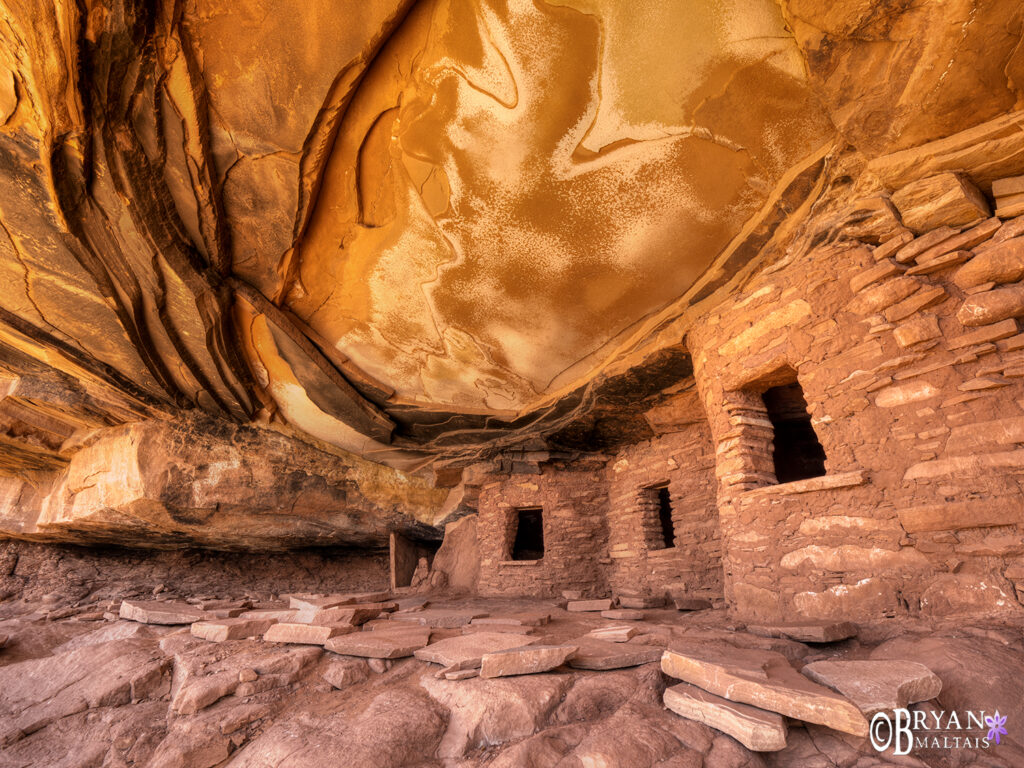 Olympus E-M5 III with Leica 8-18 f/2.8 lens @ . ISO 200, f/5.6, 1/50th sec.
Olympus E-M5 III with Leica 8-18 f/2.8 lens @ . ISO 200, f/5.6, 1/50th sec.

